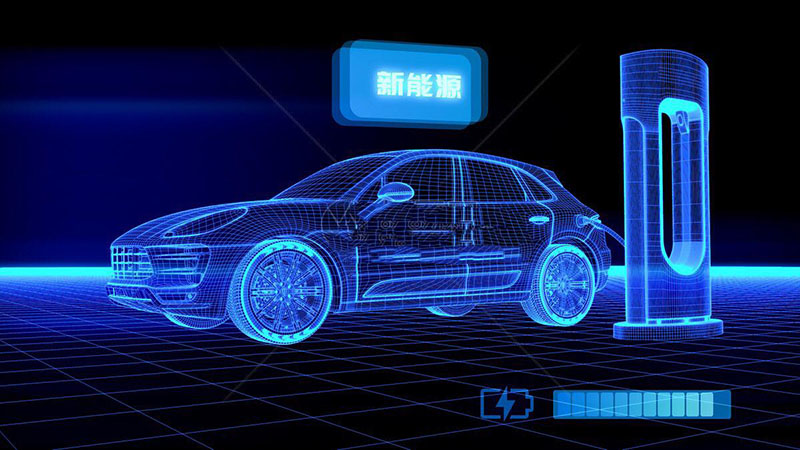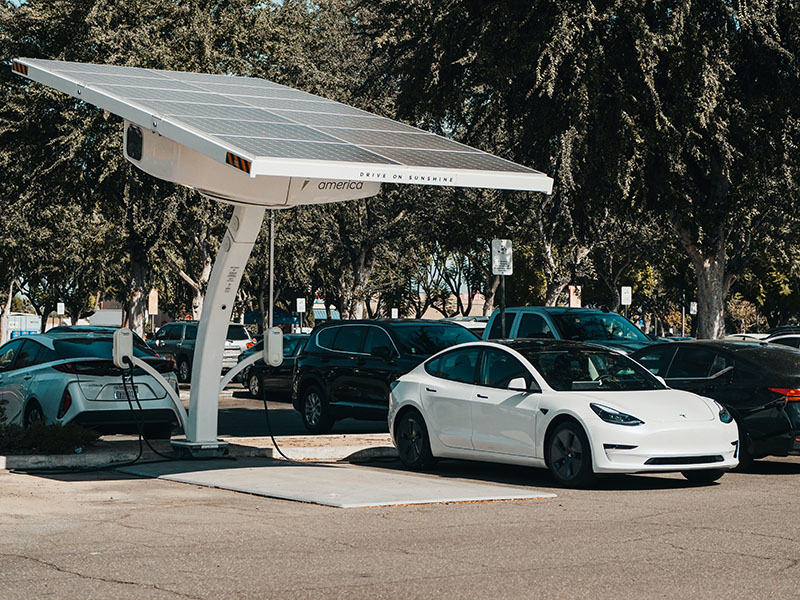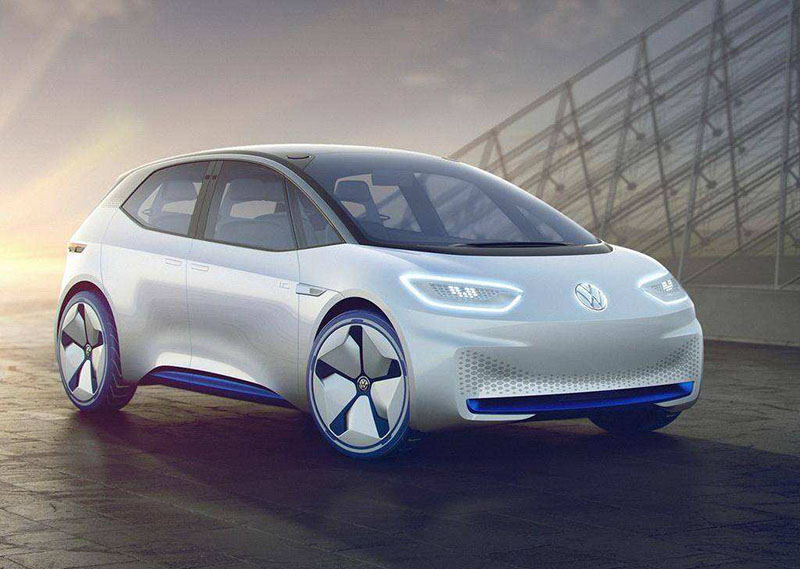Everyone may feel differently, this year’s summer is hotter than usual.

“As the world absorbs the latest findings by the Intergovernmental Panel on Climate Change greenhouse gas emissions peak by 2025 to maintain global warming close to 1.5 C”.
The message is captured from KARRIE GORDON<Why China has Prime Advantage in Electric Vehicle Transition>
Supply problems caused by the pandemic
The content also stated: After experiencing the COVID-19 pandemic, the problem that countries around the world are promoting electric vehicles to reduce their carbon footprint is not caused by funding problems, but rather the supply of lithium batteries.
The Financial Times reported that China has dominated the global supply of lithium battery raw materials in the process of self-developed electric vehicles, which has made lithium battery manufacturers outside China nervous, and the increase in lithium demand in the short term has led to a decline in production. The pandemic and geopolitical situation and risk-driven supply chain issues have forced Western countries to start developing their own lithium supply chains.

Biggest Lithium Battery Supply Chain Beneficiary
“Right now China owns basically 70-80 percent of the entire supply chain for electric vehicles and lithium-ion batteries, and therefore energy storage,” said Stuart Crow, chair of Lake Resources, an Australian lithium producer.
In order to comply with the Paris Agreement’s goal of aligning the transport industry with emissions, the International Energy Agency has calculated that by 2030, around 47 million electric vehicles must be sold annually to meet its target, so ten-year lithium demand will be equal to 25%-35% annual growth rate.

To capture investors in the potential growth of the world’s major EV producers, the KraneShares Electric Vehicles and Future Mobility ETF (NYSE: KARS) offers a great solution. KARS invests in many familiar car companies such as Tesla, Ford, Mercedes-Benz, GM, BMW, and others, as well as major Chinese EV manufacturers such as Xpeng, Nio, and BYD, some of the biggest companies in the global electric vehicle industry.




